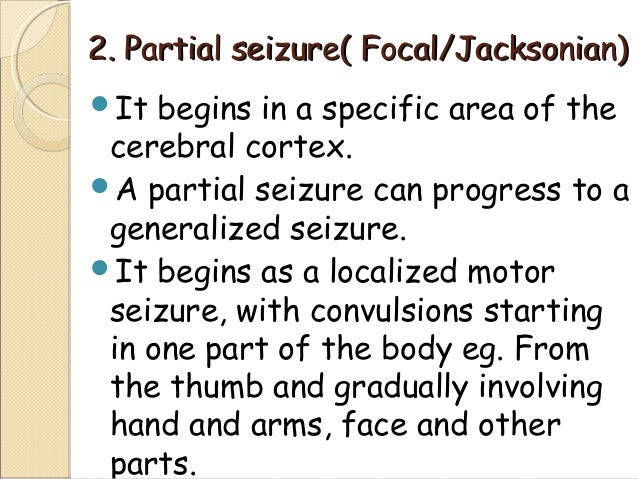What do seizures in newborns look like?
Seizures in newborns (babies in the first month of life) are different from seizures that occur in older children and adults. The seizures often are fragmentary because the infant’s brain is still developing and is unable to make the coordinated responses seen in a typical generalized tonic-clonic seizure.
- The baby may have jerking or stiffening of a leg or an arm that can alternate from side to side.
- Or the whole upper body may suddenly jerk forward. Or both legs may jerk up toward the belly with the knees bent.
- The baby’s facial expression, breathing, and heart rate may change.
- Impairment of responsiveness (which is critical in defining many types of seizures) is difficult to assess in newborns. Parents may suspect that responsiveness is impaired when their voices are unable to attract the newborn’s attention.
Even experts have difficulty in recognizing seizures in newborns. Normal babies have many sudden, brief jerks, grimaces, stares, and mouth movements that might suggest epilepsy in an older child or adult. A diagnosis of epilepsy in an infant is more likely if…
- The behavioral changes are not typical of children of the same age. Some parents videotape the suspected behavior at home for viewing by the doctor.
- Repeated episodes are identical in their behavioral features and duration.
- The episodes occur while the child is both awake and asleep.
- The episodes are not brought on by changes in posture or activity, or can not be stopped by gentle manipulation of the arm or leg.
Seizures in babies under 1 month old (newborn or neonates)
The brains of newborn babies are sensitive to seizures in the first week of life. Some babies will continue to have seizures as they get older, but some babies will never have any more. It really depends on:
- The type of seizures they have
- Why they started
- When they started
What types of seizures do newborn babies have?
Subtle seizures – In babies, seizures might not be obvious to an onlooker. Their seizures may show as changes in breathing patterns or movements of their eyelids or lips. They may have bicycling movements of their legs, brief jerks or episodes of stiffening of their body and limbs. They might be less alert than usual. It might be difficult to attract their attention and their eyes may not focus properly.
Clonic seizures – the baby may have jerking or stiffening of an arm or leg that can switch from side to side.
Myoclonic seizures – the baby’s whole upper body may suddenly jerk forward. Or both their legs may jerk up towards their stomach, with their knees bent.
Tonic seizures – the baby’s body will stiffen and their eyelids might flicker.
Seizures in babies between the age of 1 month and 1 year (infants)
What types of seizures do infants have?
Clonic seizures – the baby may have jerking or stiffening of an arm or leg that can switch from side to side.
Infantile spasms – the baby may bend forward and their body, arms and legs go stiff. Or their arms and legs might be flung outwards. These seizures usually affect both sides of the body equally.
Myoclonic seizures – the baby’s head may appear to be nodding, or their whole upper body may suddenly jerk forward. Sometimes babies’ legs jerk up towards their stomach, with their knees bent.
Tonic seizures – the baby’s body will stiffen and their eyelids might flicker.
Focal seizures – the baby will stop what they are doing, and they won’t be aware of what is going on around them. They may stare, or move their eyes or head to one side. One side of their body might jerk, and this could change from one side to the other. The baby might go on to have a tonic-clonic (convulsive) seizure.
What causes seizures in newborn babies and infants?
There are many causes of seizures in babies. In around 8 out of 10 babies with seizures, a cause will be found. These are the most common:
- Being born very early, and having bleeding inside the brain. This is called intracranial haemorrhage
- Being born on time but having a lack of oxygen to the brain. This is called perinatal hypoxia and can cause an injury to the brain called ‘hypoxic-ischaemic encephalopathy’
- Having low levels of glucose, calcium or sodium in the blood
- Having an infection such as meningitis or encephalitis
- Being born with some damage to their brain. This is called cerebral dysplasia or dysgenesis. Cerebral means relating to the brain. Dysplasia or dysgenesis means unusual development
- Inheriting a medical condition, such as benign neonatal convulsions or having a metabolic disorder such as GLUT 1 deficiency or a genetic disorder such as Dravet syndrome
For around 2 or 3 in 10 babies, no cause is found.
How are seizures diagnosed in newborn babies and infants?
It can be difficult to recognise seizures in babies and infants. That’s why it’s important that they are referred to a doctor who has had specialist training in diagnosing and treating epilepsy. The specialist will ask about:
- The baby’s behaviour
- Whether all the seizures look the same, and last the same length of time
- Whether the seizures happen while the baby is awake or asleep, or both
- Whether the seizures are caused by changes in the baby’s posture or when they are doing different things
- Whether the seizures interfere with, or stop, the baby’s activities such as feeding
- Whether you can stop the seizures after they have started
Recording any behaviour changes on a mobile phone could be very useful to show the specialist. It can help with making the diagnosis.
Epilepsy Action has more information about diagnosing epilepsy
The specialist may then arrange for some, or all, of the following tests.
Electroencephalogram (EEG)
The baby’s brain is constantly producing tiny electrical signals. During an EEG test, electrodes (flat metal discs) are placed on their head. The electrodes pick up the electrical signals from their brain and record them on an EEG machine.
The EEG can give information about the electrical activity that is happening in your baby’s brain at the time of the test. Sometimes, but not always, it can be very helpful in showing whether a baby is actually having seizures, rather than abnormal movements. This is because the brains of babies are very different to the brains of older children, and not all of their seizures show up on the EEG. However, if the EEG is very abnormal, it will tell the doctors more about the baby’s epilepsy.
Epilepsy Action has more information about EEGs
CT scans (computed tomography)
A CT scan is a type of X-ray that can show the physical structure of the brain. It doesn’t show if the baby has epilepsy. But it might show if there is anything in their brain, such as a scar, or damaged area, that could cause epilepsy. Not every baby will need to have a CT scan.
Epilepsy Action has more information about CT scans
MRI scans (magnetic resonance imaging)
An MRI scanner uses radio waves and a magnetic field to show the physical structure of the brain. It’s more powerful than a CT scanner and has a higher chance of showing whether there is a cause for the baby’s epilepsy. Not every baby will need to have an MRI scan.
Epilepsy Action has more information about MRI scans
Blood tests
Blood tests are used to check the baby’s general health, and to look for any medical conditions that might be causing their epilepsy. They can also be used to find out if the seizures are not caused by epilepsy, but another medical condition. An example would be low blood sugar (glucose) or low calcium levels.
Some babies will be referred to a genetics department for further testing. This will depend on a number of things, such as whether they have any other medical issues, and their family history. The referral will usually be made by the paediatrician or the paediatric neurologist.
Treatment
There is a large range of epilepsy medicines used to treat seizures in babies. The choice of medicine will depend on:
- The baby’s seizure type
- The age when the epilepsy began
- The cause of the epilepsy, if known
- Whether the baby has any other medical conditions, or takes any other medicines
- The likely outlook for their particular type of epilepsy
Some of the epilepsy medicines used in babies include phenobarbital, phenytoin, clonazepam, carbamazepine, stiripentol, sodium valproate, levetiracetam, and vigabatrin. Pyridoxine (vitamin B6) is also sometimes used. An epilepsy specialist might also prescribe other epilepsy medicines, depending on the baby’s condition.
*******************************************************************************************
Key points
- Neonatal seizures can have many causes, including lack of oxygen before or during birth, an infection acquired before or after birth, bleeding in the brain, blood sugar or electrolyte imbalances or drug withdrawal.
- A child who has neonatal seizures is more likely to develop epilepsy if they are born prematurely, experience tonic neonatal seizures or have an underlying brain abnormality.
- Symptoms of neonatal seizures include repetitive facial movements, staring, unusual bicycling of the legs, muscle tightening or rhythmic jerking. Because many of these movements occur in healthy newborns, an EEG may be needed to confirm if a seizure is responsible.
- Neonatal seizures are treated first by addressing the cause and, if seizures still continue, giving medications.
Neonatal (newborn) seizures are seizures in a baby who is less than 28 days old. Many different problems can cause neonatal seizures.
Most neonatal seizures are considered provoked seizures, rather than a true epilepsy syndrome. A baby with neonatal seizures will not necessarily go on to have epilepsy later in life, although their chances of developing epilepsy are much higher.
What causes neonatal seizures?
Neonatal seizures are usually symptomatic or cryptogenic, but a small number of neonatal seizures are idiopathic and seem to have a genetic origin.
Symptomatic neonatal seizures may be caused by:
- lack of oxygen before or during birth because of problems such as placental abruption (premature detachment of the placenta from the uterus), a difficult or prolonged labour, or compression of the umbilical cord
- infection acquired before or after birth, such as bacterial meningitis, viral encephalitis, toxoplasmosis, syphilis, or rubella (German measles)
- stroke before or after birth
- venous sinus thrombosis (a blood clot in the brain)
- bleeding in the brain
- congenital brain abnormalities, either genetic or acquired during fetal development, such as tuberous sclerosis
- blood sugar or electrolyte imbalances, including hypoglycemia (low blood sugar), hypocalcemia (low calcium), hyponatremia (low sodium), or hypernatremia (high sodium)
- metabolic problems, such as maple syrup urine disease, pyridoxine dependency, or phenylketonuria (PKU)
- drug withdrawal, which may be seen in infants born to mothers addicted to barbiturates, alcohol, heroin, cocaine or methadone
The risk of seizures is higher if the baby is premature or of low birth weight.
Benign familial neonatal seizures
Benign familial neonatal seizures (also known as fifth-day convulsions or fifth-day fits) are an idiopathic epilepsy syndrome in which the baby has a mutation in one of several possible genes. This is an active area of research and new genes are being identified. Most of the affected genes disrupt the potassium ion channels in the brain. This condition is often inherited in an autosomal dominant pattern, so the baby’s mother or father will also have had this disorder.
Benign nonfamilial neonatal seizures
The cause of benign nonfamilial neonatal seizures is unknown. They may be caused by zinc deficiency or a virus.
What are the features of neonatal seizures?
Seizures in a newborn are often short and subtle; it can be difficult to tell whether a baby is actually having a seizure. Seizures in newborns can include any or all of the following:
- repetitive facial movements, including sucking, chewing, or eye movements
- unusual bicycling or pedalling movements of the legs
- staring
- apnea (stopping breathing)
- clonic seizures, which are rhythmic jerking movements that may involve the muscles of the face, tongue, arms, legs, or other regions
- tonic seizures, which are stiffening or tightening or muscle groups; the head or eyes may turn to one side, or the baby may bend or stretch one or more arms or legs
- myoclonic seizures, which are quick, single jerks involving one arm or leg or the whole body
Many of these movements may also occur in a normal newborn, so it may be necessary to get an EEGto confirm that they are really seizures.
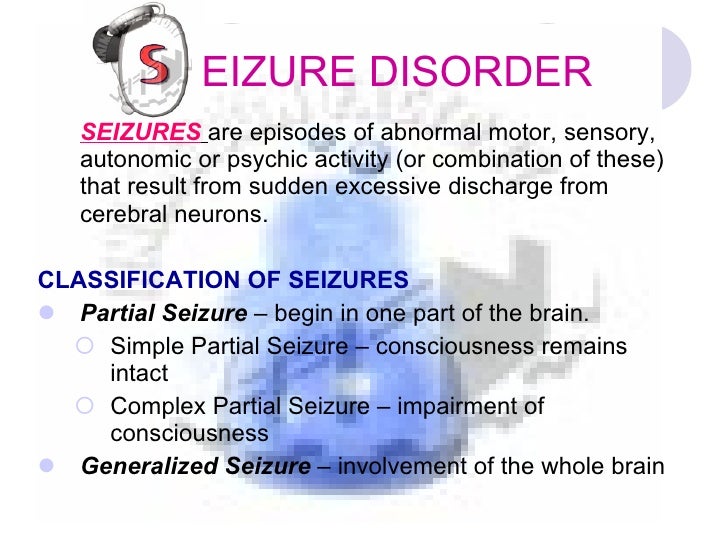




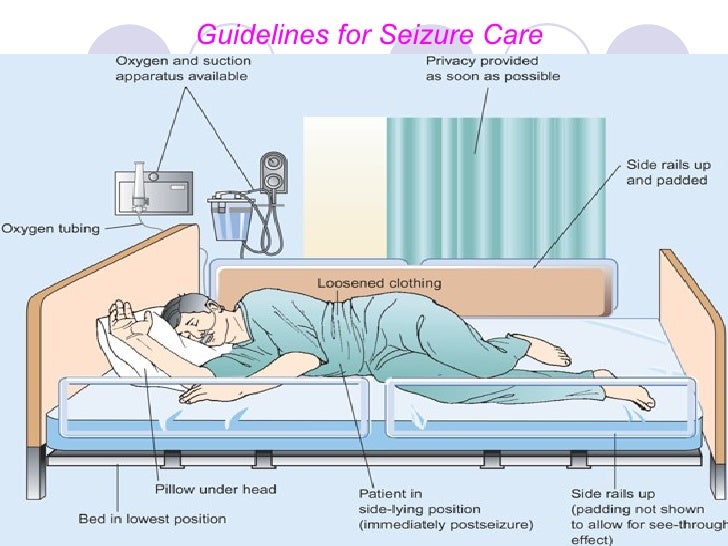





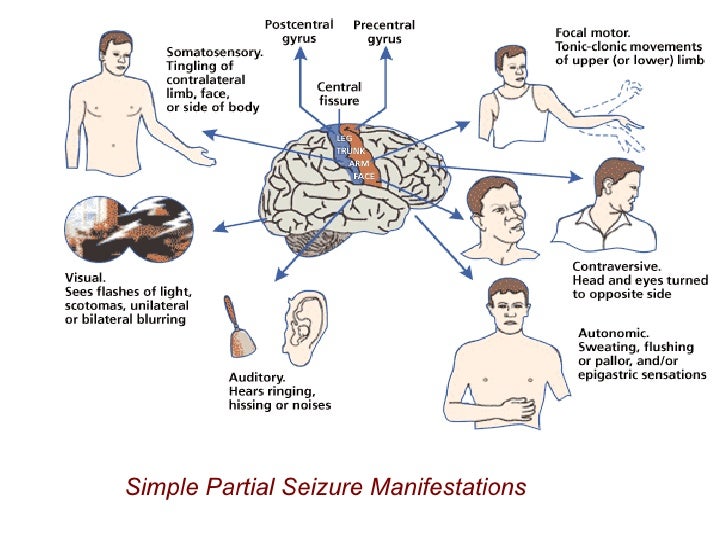





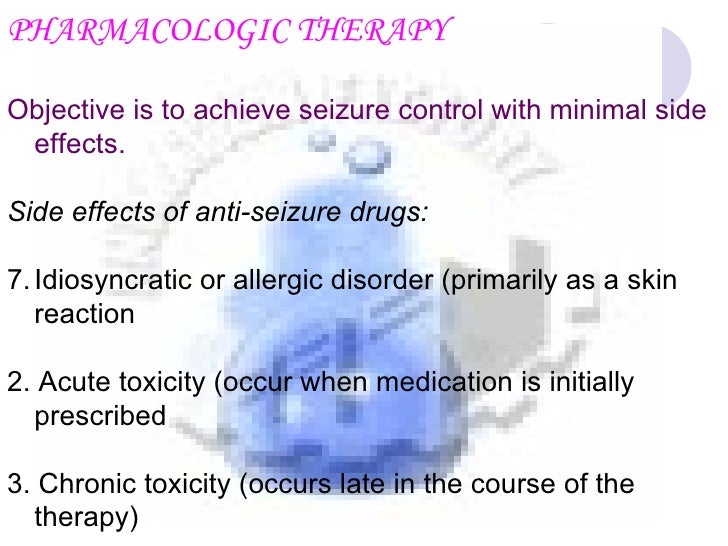



******************************************************************************



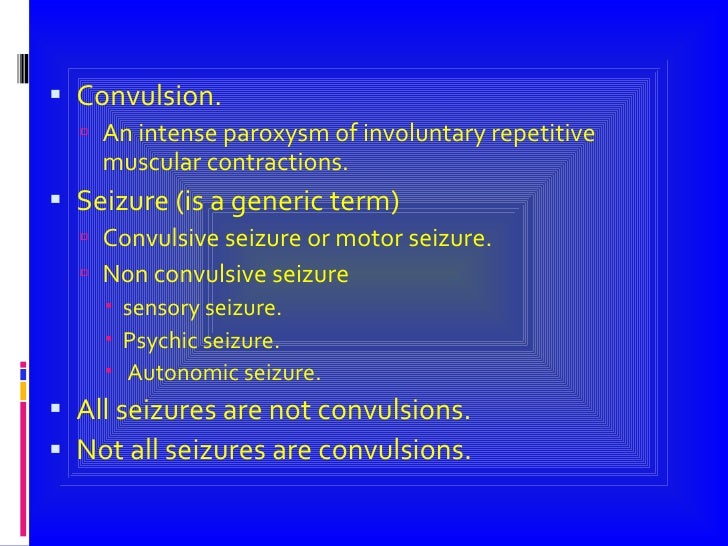

























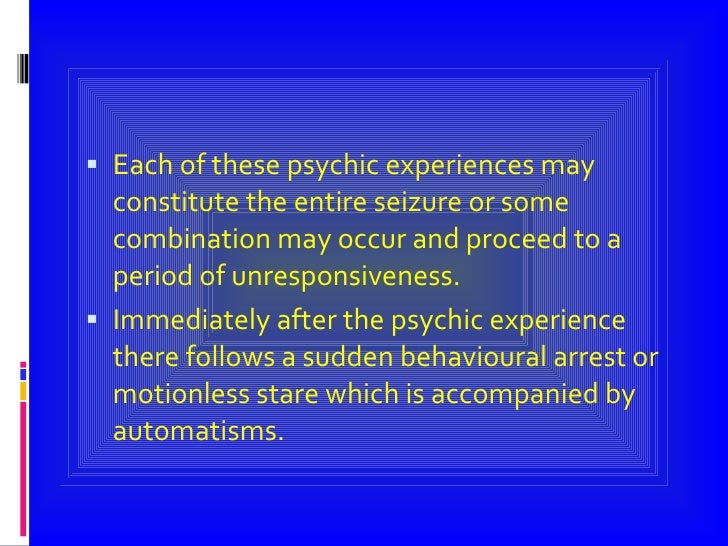















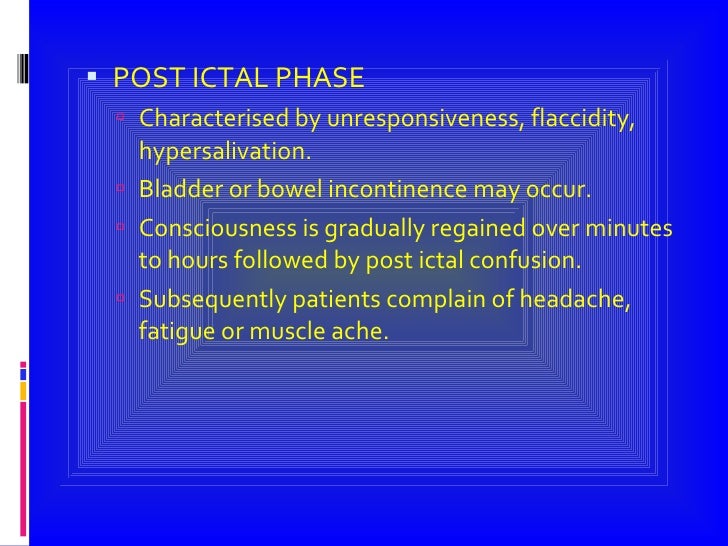



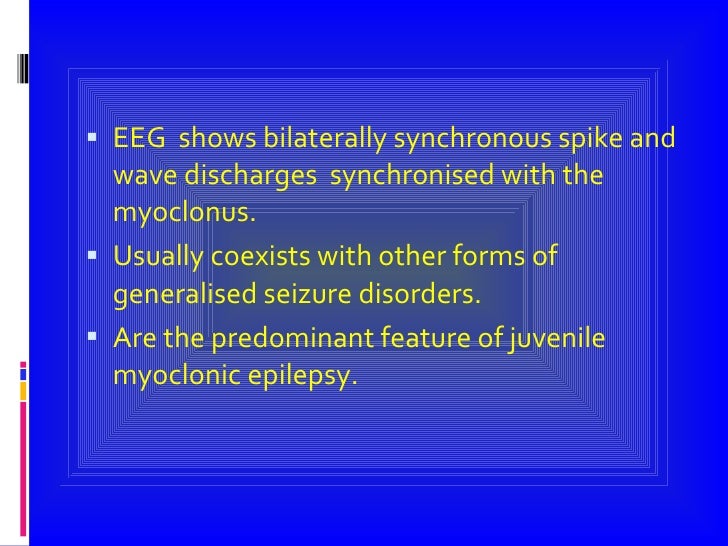

**********************************************************************************



















